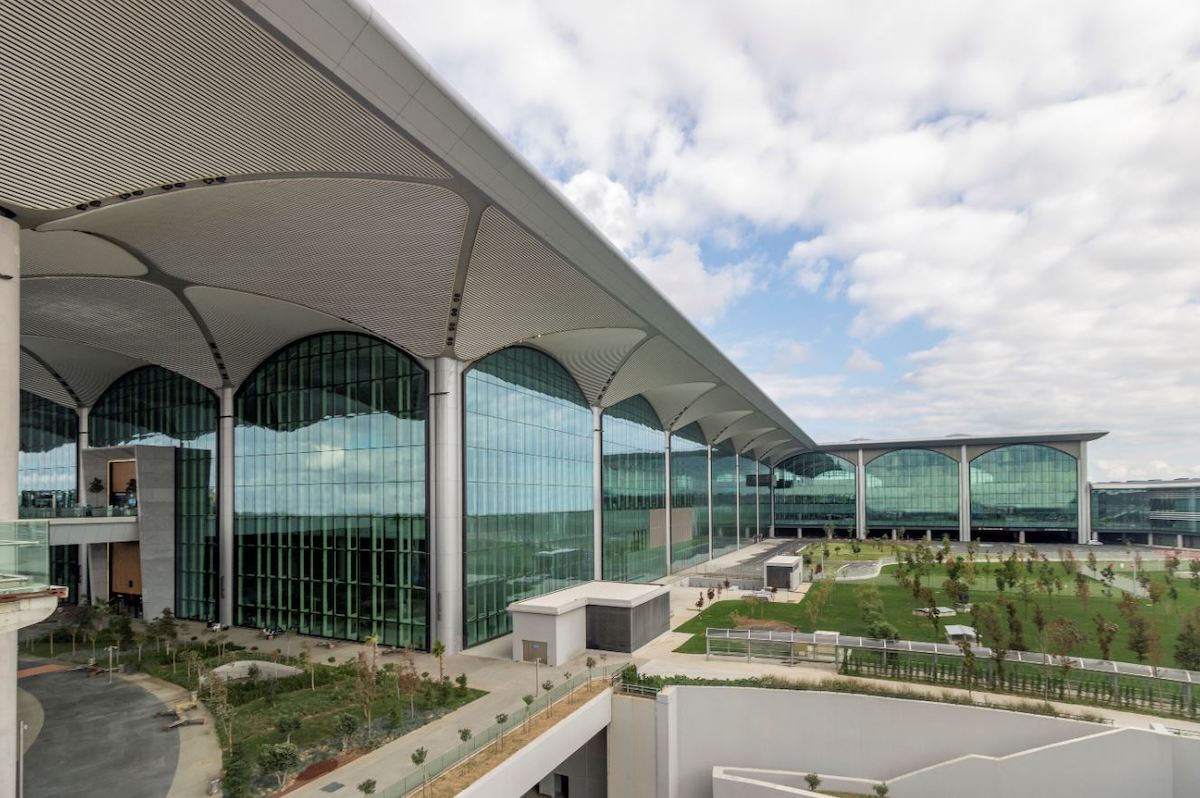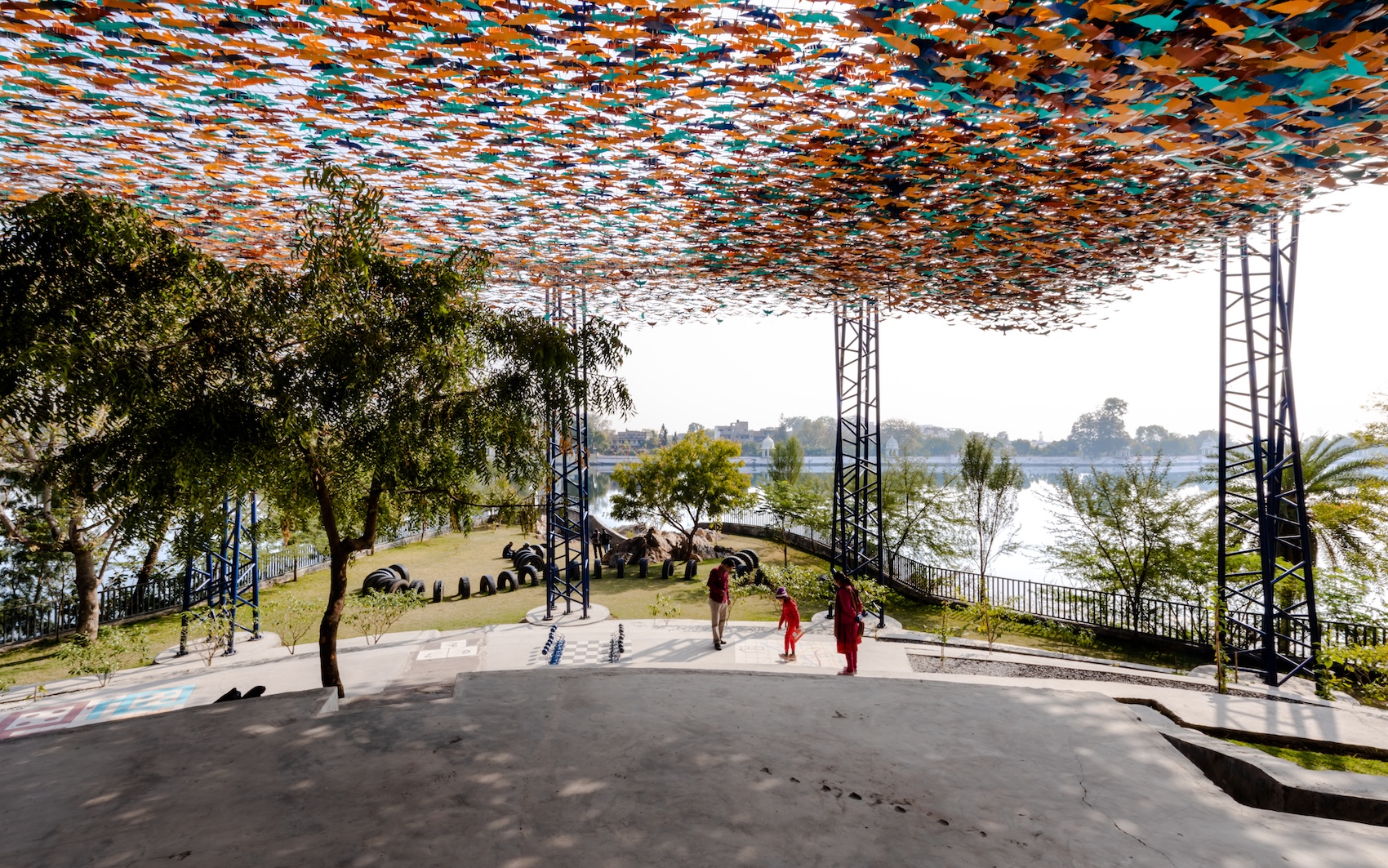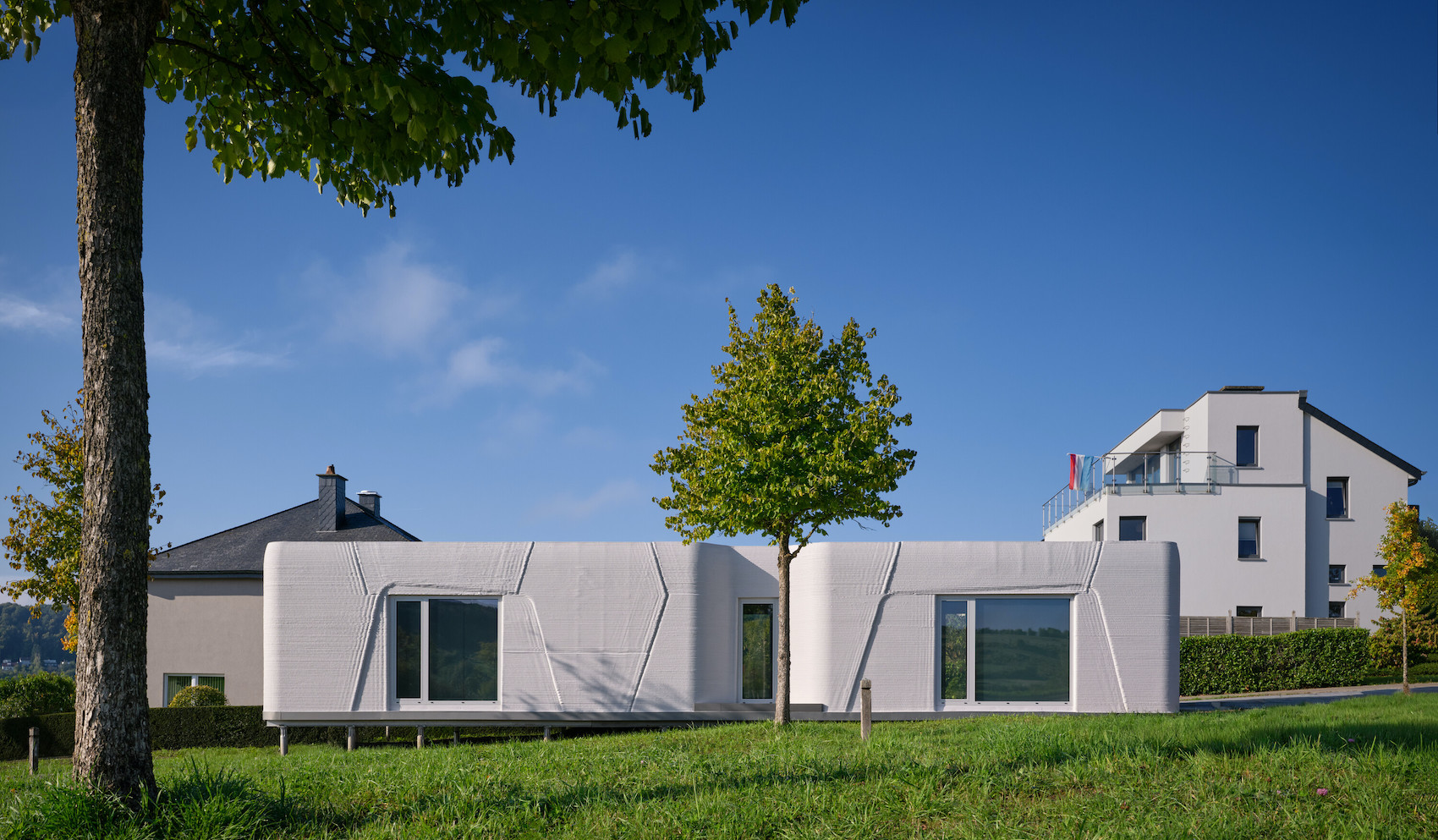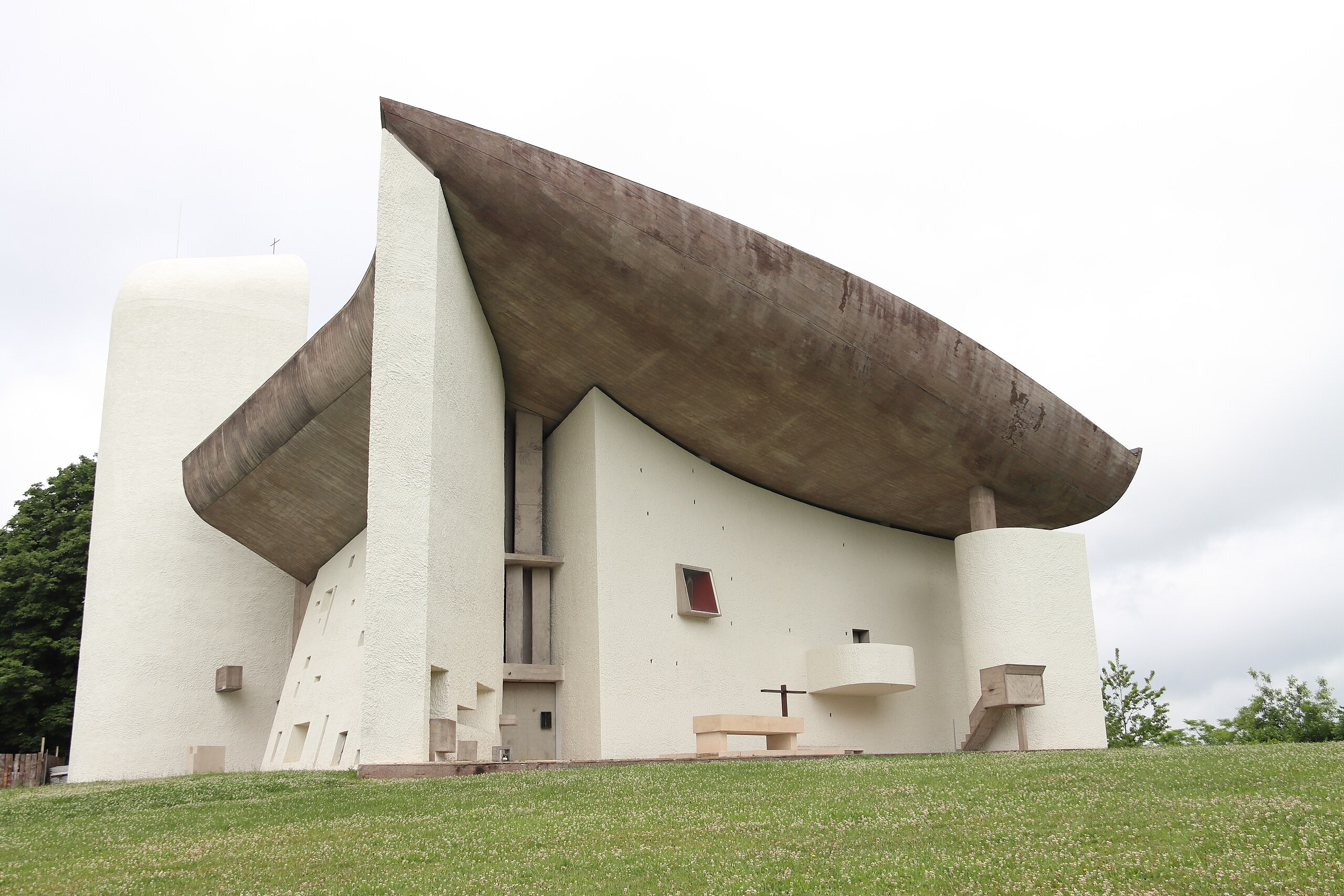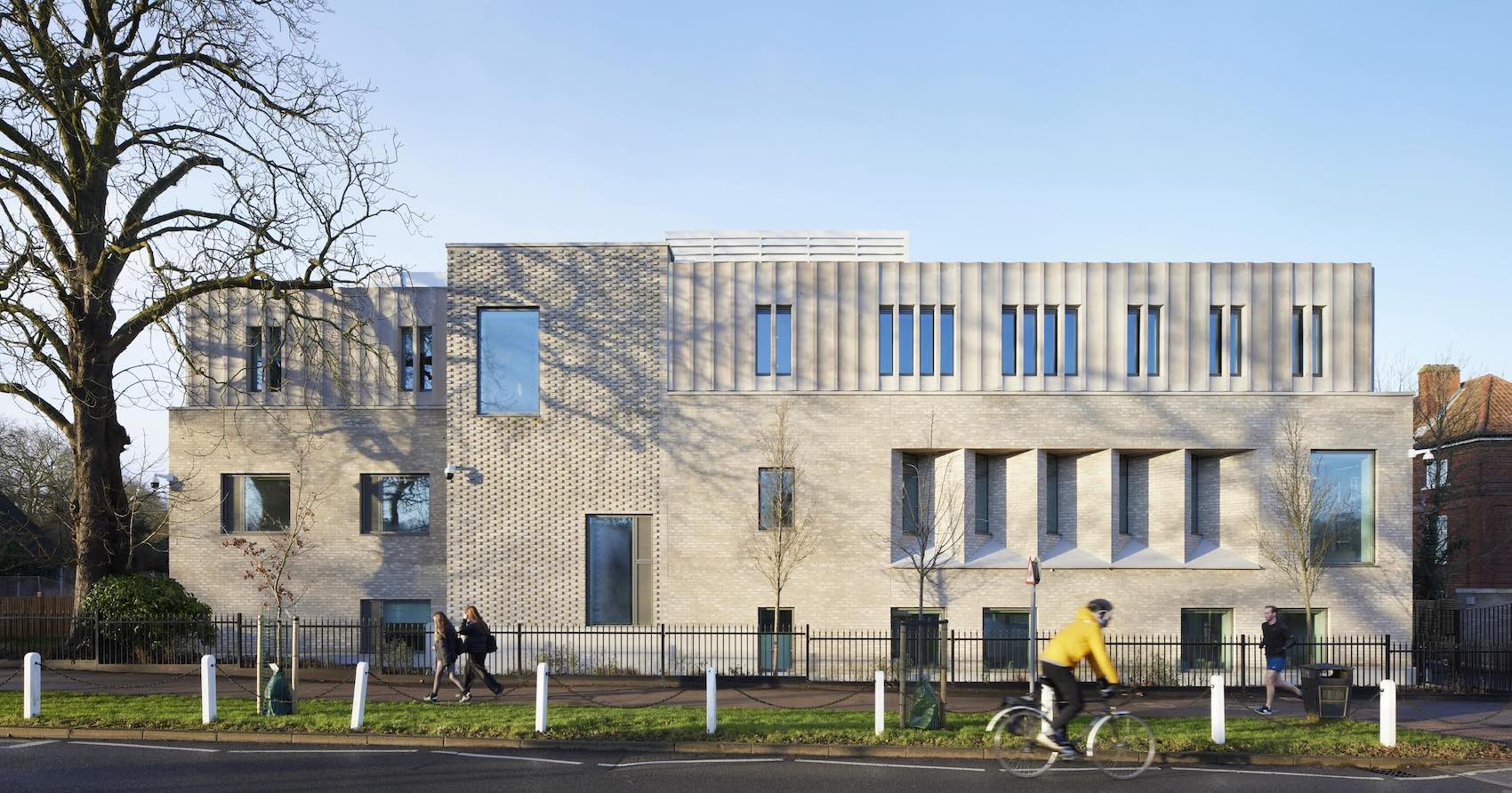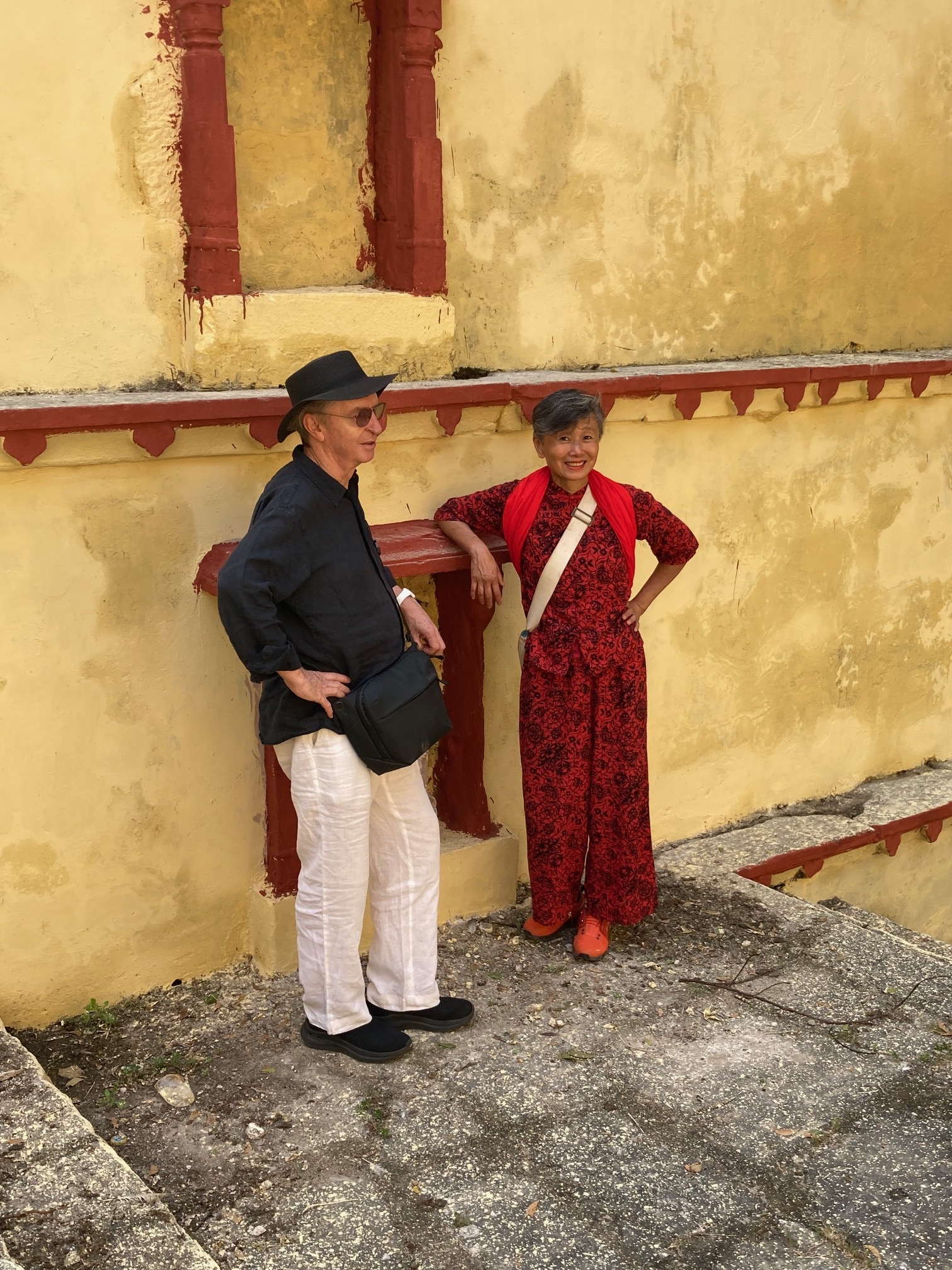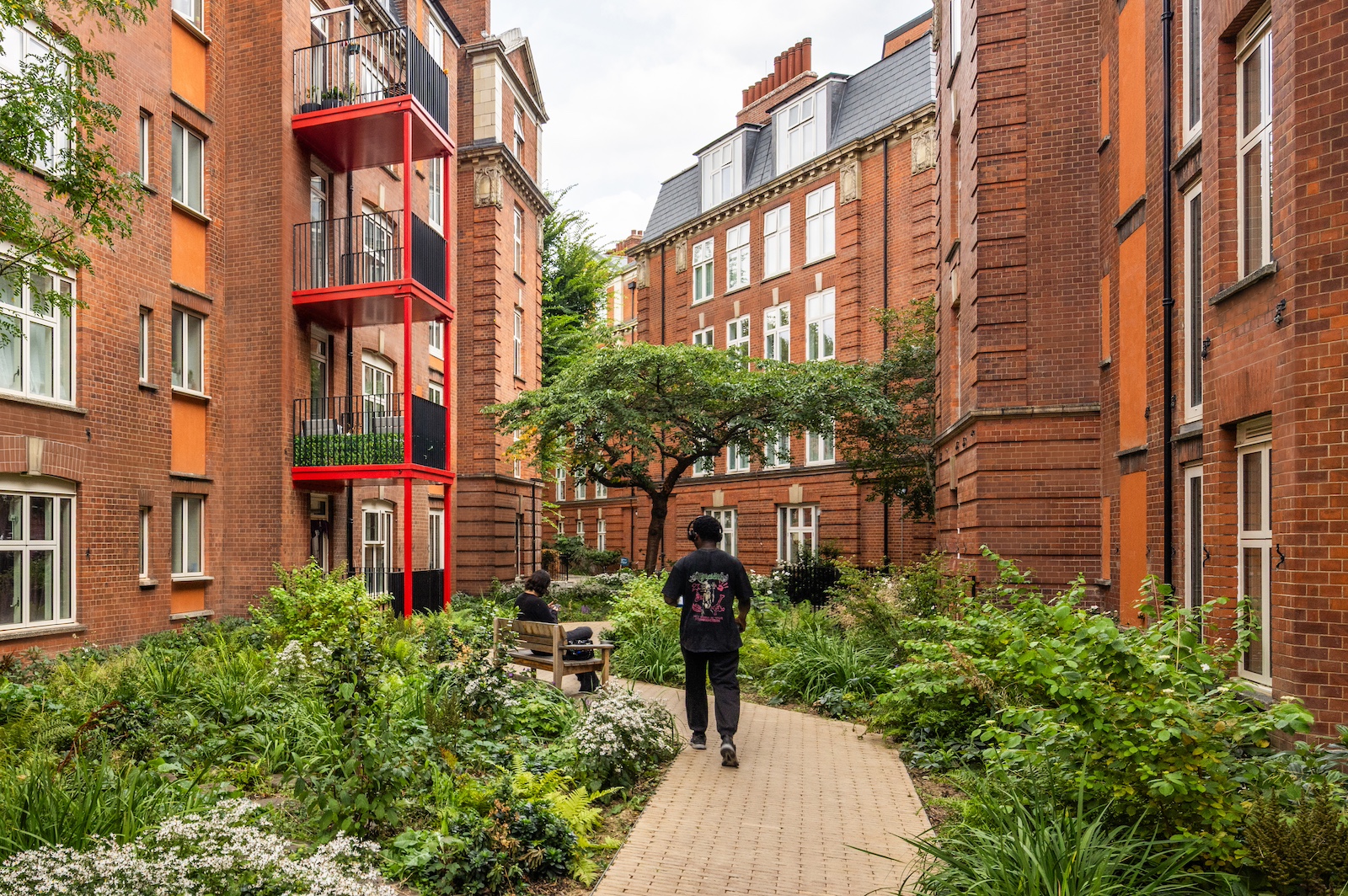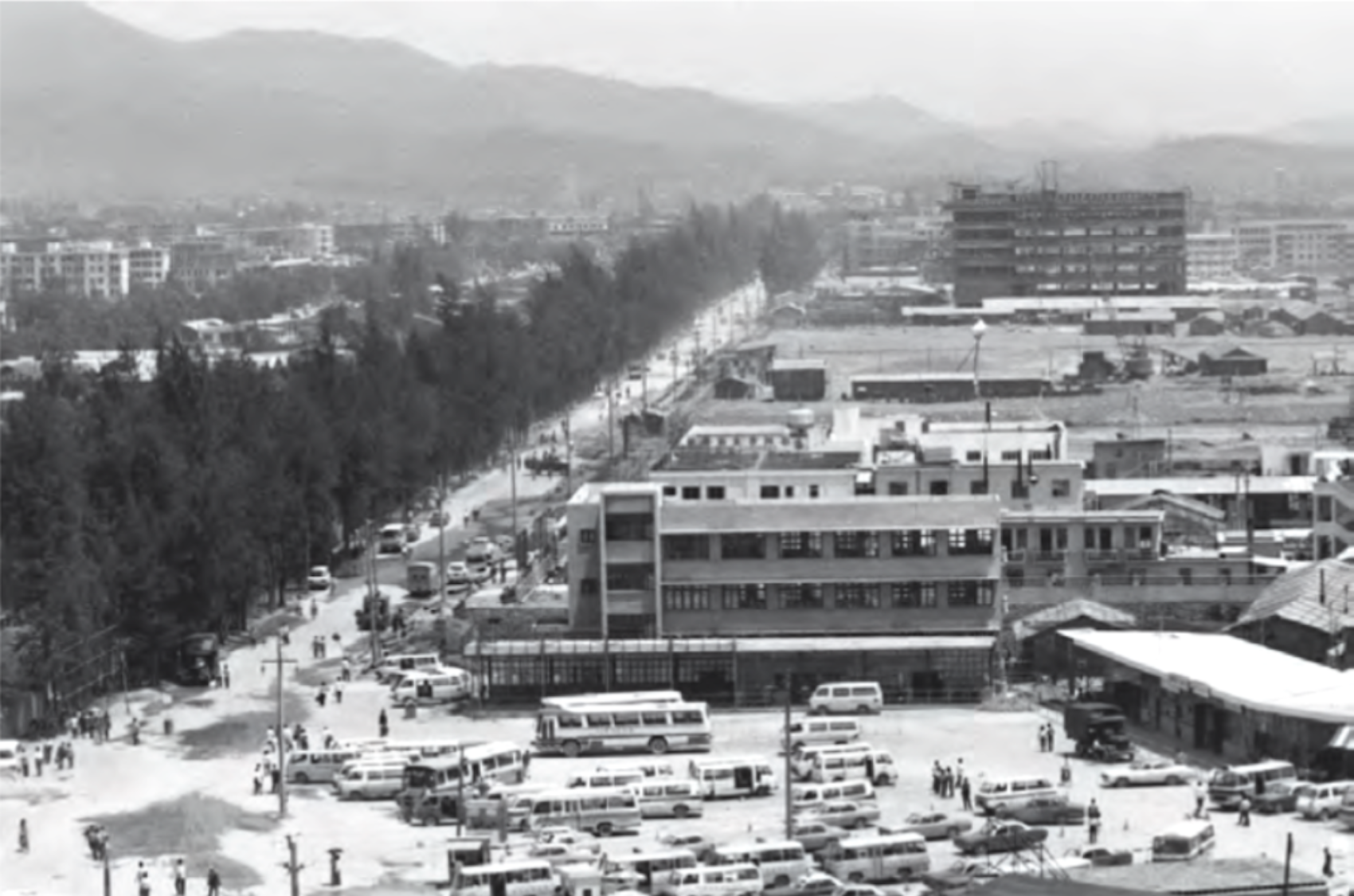The Wildheart Trust has selected a shortlist of three practices from the 2025 Regenerative Architecture Index to design the International School of Rewilding and Regenerative Agriculture at Sandown on the Isle of Wight: Marks Barfield Architects, BakerBrown Studio and Unknown Works. CEO Lawrence Bates explains what made the practices stand out.
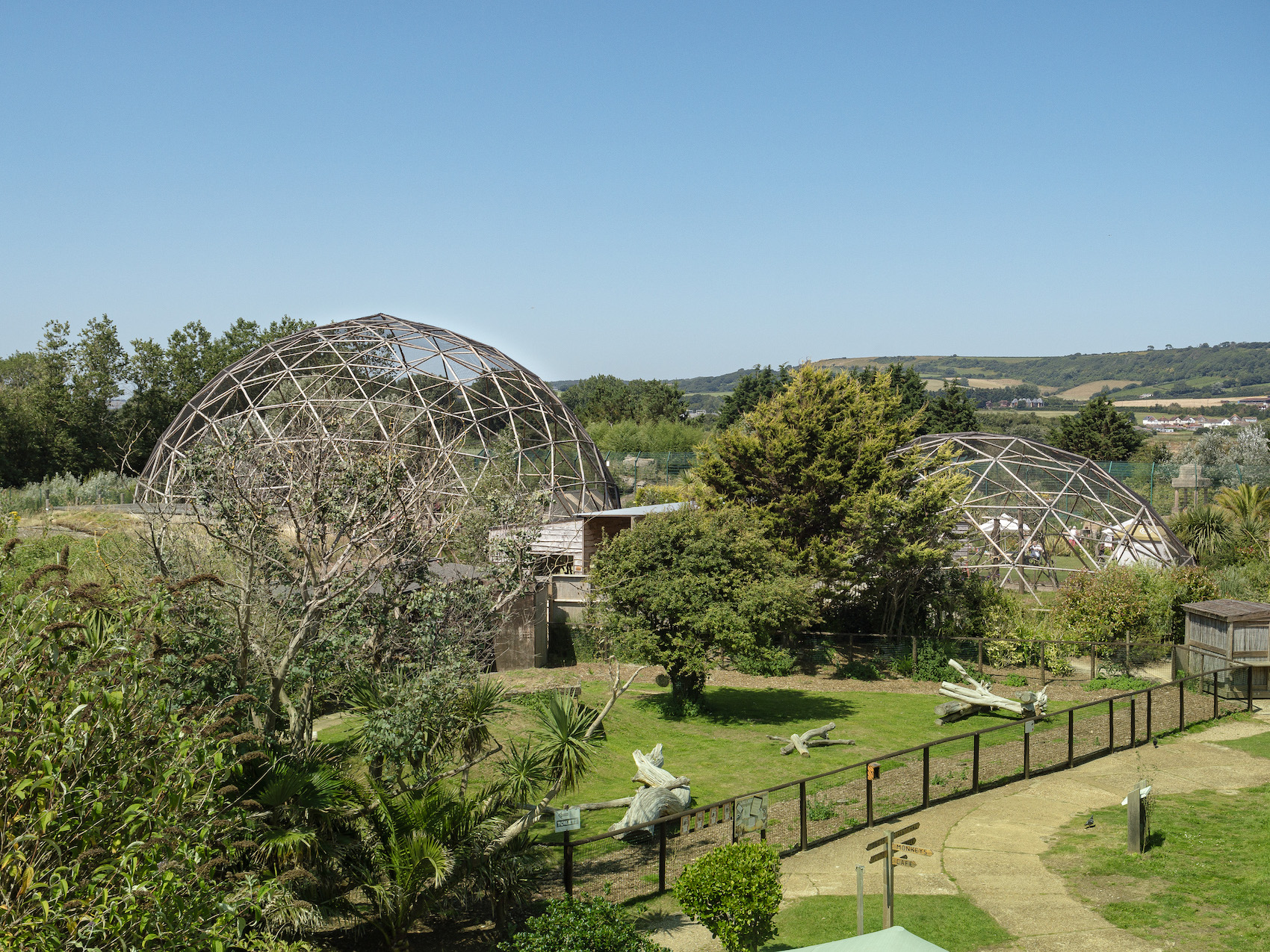
The site for the proposed International School of Rewilding and Regenerative Agriculture lies immediately to the north west of the Wildheart Animal Sanctuary, pictured. The Wildheart Trust launched the limited competition to identify an architectural practice to help it realise its ambitions to establish the world’s first ISoRaRA on the Isle of Wight.
Unknown Works
Unknown Works is perhaps the least established of the three selected practices, but submitted an Expression of Interest that conveyed the confidence and competence that convinced the panel that it could deliver on the brief.
We were particularly struck by the work the practice has been doing with the Thousand Year Trust to develop a brief and deliver the designs for Europe’s first Atlantic Temperate Rainforest Research Station, a groundbreaking new facility located in
the depths of a rainforest valley on Bodmin Moor, Cornwall. There are clear parallels between this project and our own emerging brief. Both require
a combination of teaching and research facilities, accommodation, and community space. Crucially, both organisations have the study and restoration of fragile ecosystems at their heart.
There is a real drive to come up with creative solutions that support resilient supply chains and respond to complex ecological conditions both globally and locally – from Asia and Africa to Sussex, Cornwall, and West Wales”
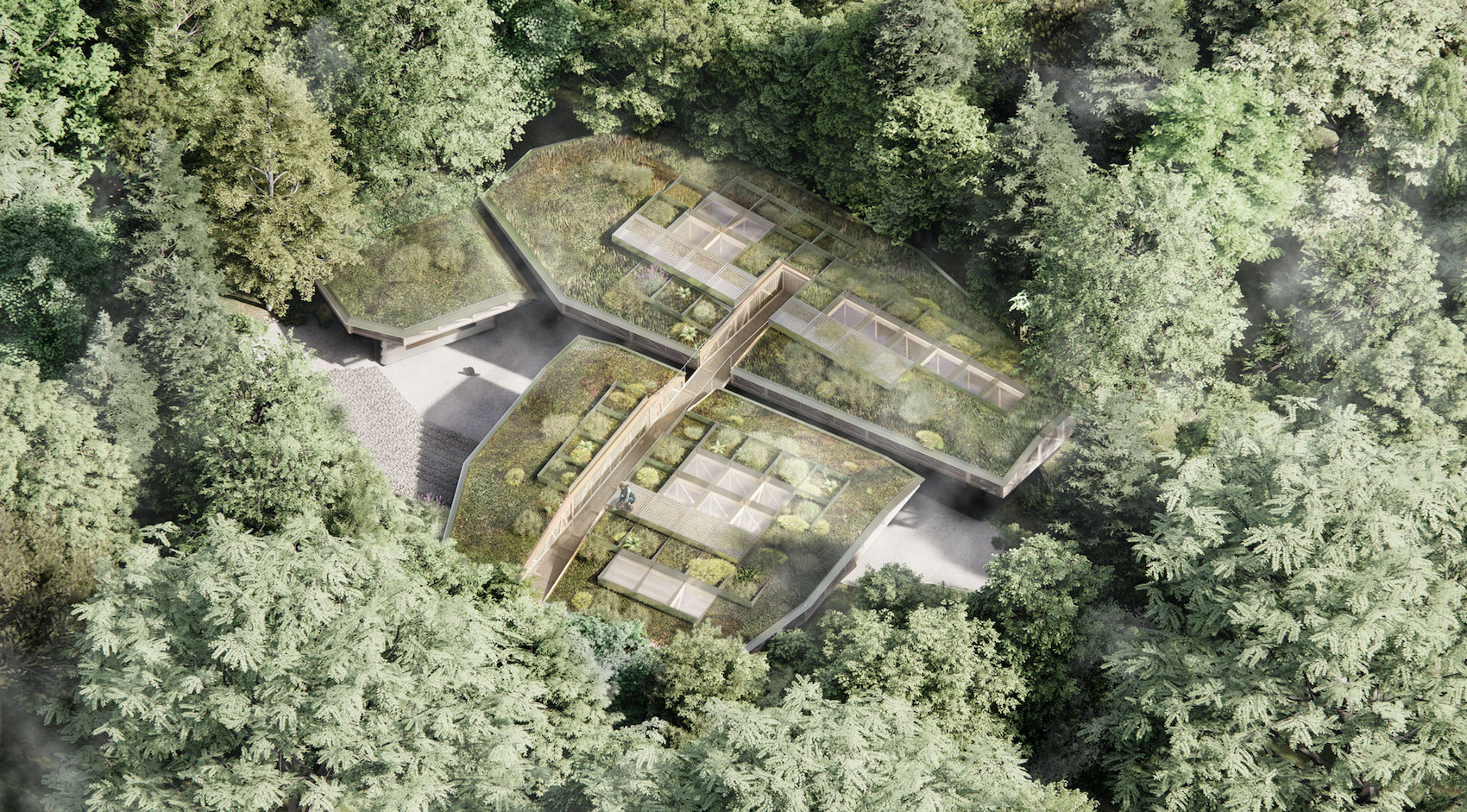
Unknown Works has designed Europe’s first Atlantic Temperate Rainforest Research Station, located in the depths of a rainforest valley on Cornwall’s Bodmin Moor.
Marks Barfield Architects
We are under no illusions about the complexity and the scale of the challenge we have set ourselves, and it was very clear to the panel that any practice capable of dreaming up and delivering the London Eye must have the tenacity, powers of persuasion, and entrepreneurial nous required to get any pioneering project off the ground.
But perhaps more importantly, we were won over by the thoughtfulness and specificity of MBA’s Expression of Interest – which posed a series of questions that reflected, and in some cases helped to crystallise, discussions we’ve been having amongst ourselves. It’s clear that the practice is adpet at deep, long-term collaborations, and not afraid to argue back when required!
Given our coastal location and our ambition to act as a catalyst for a regenerative future for Sandown and the Isle of Wight, we were intrigued by MBA’s West Somerset Lagoon scheme. Designed with regenerative thinking at its heart, the project demonstrates holistic thinking about energy, biodiveristy and the local community, and will serve many generations to come.
A compelling combination of rock solid delivery skills, and real compassion and care – for its clients, for the community, for eco-systems, and for the future of the planet we all share”

MBA’s speculative West Somerset Lagoon tidal energy project is designed to provide clean renewable energy to more than two million homes, and regenerate a deprived area with a wider masterplan of cultural enhancements at the landing sites.
BakerBrown Studio
BakerBrown Studio shares our own passion for natural and new materials and innovation, as well as our ingrained ethos of experimentation and collaboration. The studio has a 30-year track record of practicing, teaching and researching issues around regenerative, sustainable and closed loop systems, and of applying collaborative funded research to design and construction projects.
Like us, it prefers to work with materials harvested from the landscape and from existing buildings. Crucially, it understands the complex challenges of delivering pioneering, and often radical, work within the setting of a UNESCO Biosphere – in this case Brighton & Lewes.
We were very impressed by the Romney Warren Visitor’s Centre for Kent Wildlife Trust, the UK’s first public straw bale building – and set within a SSSI – and by the practice’s portfolio of co-designed community buildings that ‘mine the anthroposphere’ and ‘harvest a regenerative biosphere’.
But perhaps most of all, we were intrigued by the practice’s commitment to regenerating local ecosystems, working with local stakeholders, and treating every project as an opportunity for innovation, collaboration and learning. We also appreciated the studio’s interest in structures that invite cohabitation between human and non-human species.
A can-do attitude and an evangelical zeal combined with a real generosity of spirit – the practice is as keen to encourage and nurture like- minded innovators as it is to bang its own drum”
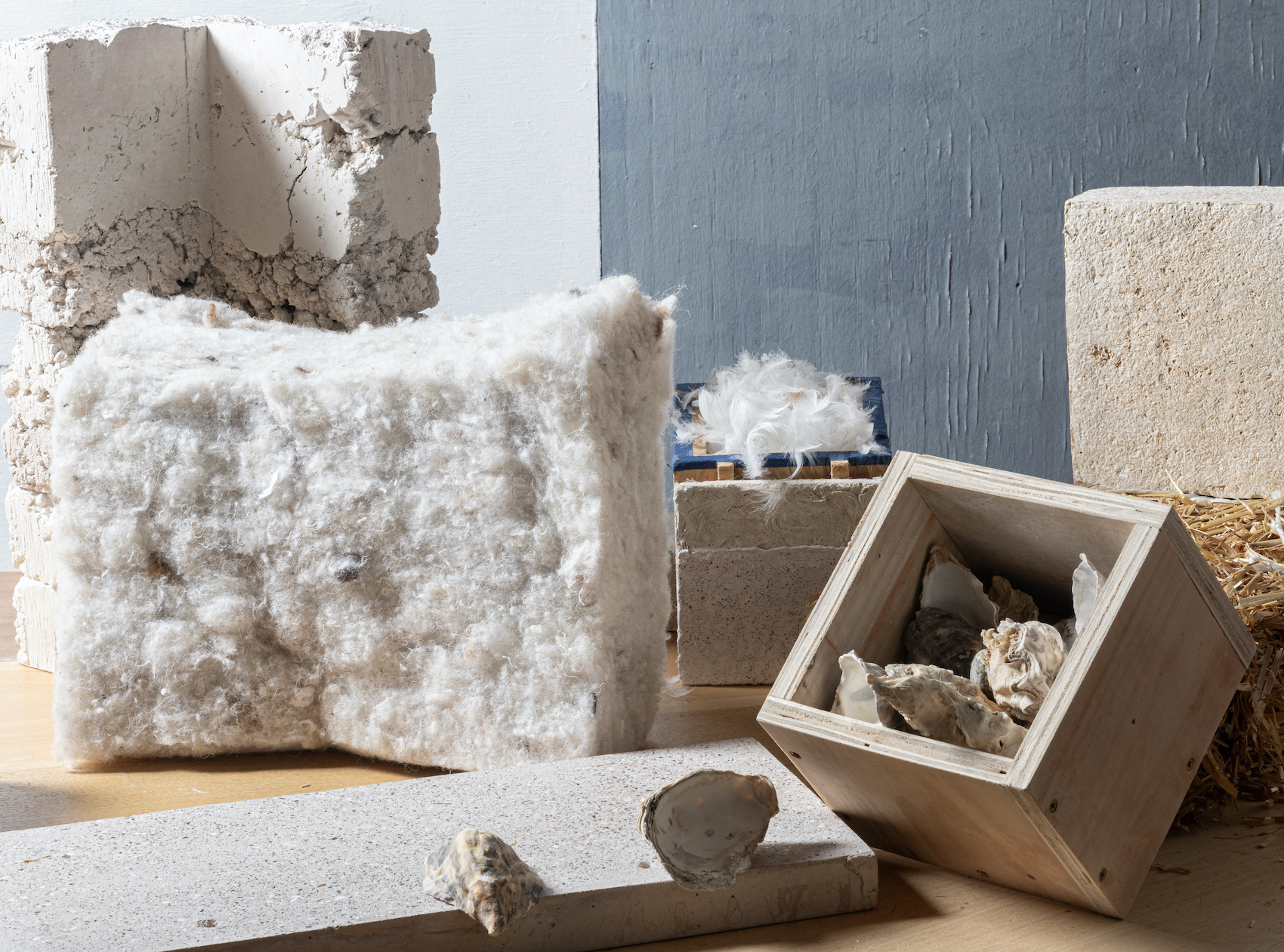
From left to right: Rammed chalk experiments by 3D Design & Craft student, University of Brighton; insulation by Thermafleece made of waste duvets and wool – prototype developed at Waste House with Nick Gant, Principle Lecturer, University of Brighton; chicken feathers from waste duvets used to reinforce plaster made from site spoil; oyster shells from nearby restaurant that discards 55,000 shells a year; concrete tile from 100 percent oyster shells – in partnership with Nick Gant and Local Works Studio.
Find out more about the The Wildheart Trust’s competition to design the world’s first International School of Rewilding and regenerative Agriculture here.



